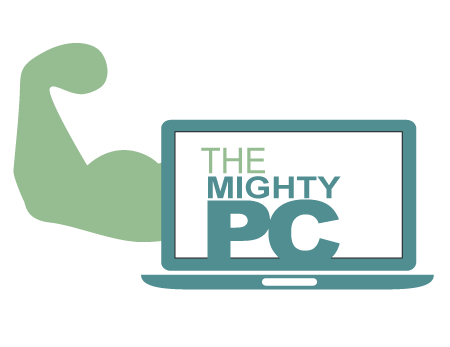According to the 80/20 principle, 80 percent of results are generated by just 20 percent of effort. The 80/20 principle was written in 1997 by Richard Koch and was named one of GQ’s top 25 business books of the Twentieth Century.
In today’s fast-paced world, many of us have to tackle a seemingly endless to-do list each day. Finishing the first task and getting to the next task, only to find that two new tasks had just come to the surface in the meantime. On the other hand, as companies are growing bigger, they may face more challenges with complexity such as looking to serve several markets with broader range of products or services, juggling all of them like a clown at a circus.
That’s where the 80/20 principle comes in – focusing on the 20% of effort to produce the 80% of the result. For example, many businesses found that 20 percent of their product or services range accounts for 80 percent of their sales volume.
Most big companies are often very complex, and they believe that size and a broad product portfolio are advantageous for a company as they see that the more products a company sells, the more profit it is supposed to generate. However, there is huge hidden cost that come with it. A broad range of products requires, among other things: more complicated logistics, more training for sales-people and a lot more administrative work than a narrow range. These factors increase the overall cost to the company.
In contrast, simplifying the business reduces costs. If a company narrows down and focuses on a fewer produce range, everyone in the company will be able to devote their full attention to the few products that are sold. This in turn simplifies administrative work, and also brings economies of scale – benefits gained from doing more of the same things – in areas like production and logistics.
In fact, you can apply the 80/20 principles in all aspect of business and even personal life.
As a business owner myself, an example is how I utilize the 80/20 principle from one of my businesses, refurbished business grade laptops & PCs.
Product range and selection. When I first started my business back in 2010, I applied the 80/20 principle when it comes to product range and selection.
We don’t sell consumer level computers at retail level. We only sell business grade computers, which I found were much more durable and high performing. I narrow down what we provide for the marketplace. This helps us simplify the process of product range and match this with only a few handful of trustworthy suppliers along the way. With fewer suppliers to work with, it also helps us to maintain a better long-term relationship with them to serve our clients better. Narrowing down our catalogue to a few products to provide to our business clients, helps reduce a lot of unnecessary administration work as a result of applying the 80/20 rule.
Niche targeting. A few years ago, I have looked and analyzed our client database by applying the 80/20 rules. We found out that 20% of our best ideal clients are from local mid-sized business owners. They account for 80% of our overall sales profit. They buy in volume quantity and they typically have their own IT department who make communication much easier when it comes down to IT equipment purchase. From that point forward, we have to shift our focus to serve more local mid-size companies such as call centers, medical clinics, trucking companies and educational institutions where they usually have 150 employees in size and have a need for business grade computers. Focusing on this niche means that I by exerting more effort in this specific market, I can maximize my efforts.
Professional application. I also apply the 80/20 rules for prioritizing the list of tasks where I focus on the 20% of my effort that produces the 80 % of the results. The rest we use software automation or outsource to our virtual assistant team overseas and other local professional here in the U.S. I focus on what I am excellent at-- which is building relationship with clients and serving their company’s computing needs.
Marketing. Last but not least, we also apply the 80/20 rule to our marketing effort. We have a referral system in place where we send out holiday and greeting cards on a monthly basis toward only the 20% of our best ideal clients as a way to deepen our relationship.
I have utilized all the 80/20 rules in my business from operation to marketing and even finance. That’s how we maintain a lean business model without much waste and gain competitive advantage.
Now it is your turn. Can you identify and focus on the 20 % of your effort that producing the 80% of the results in your business?

Leave a comment